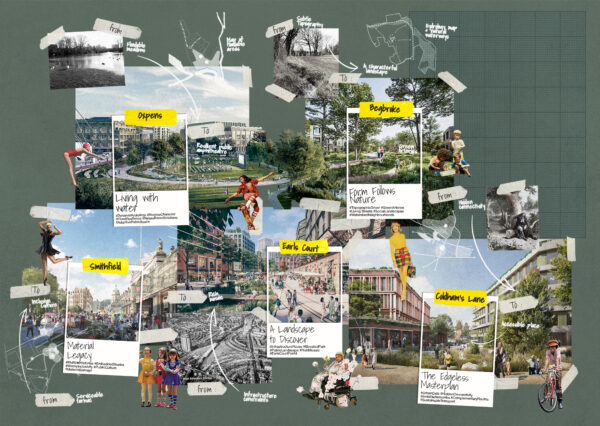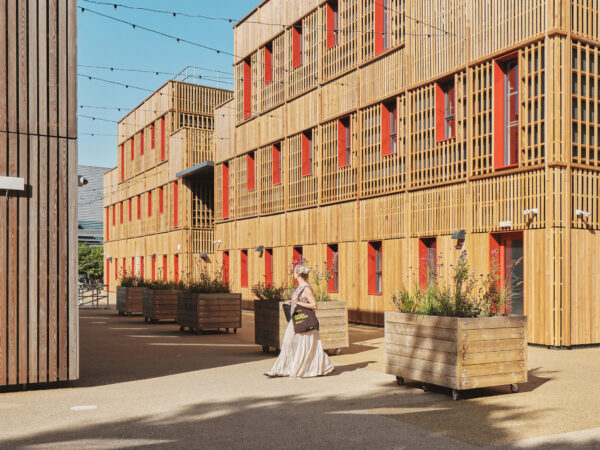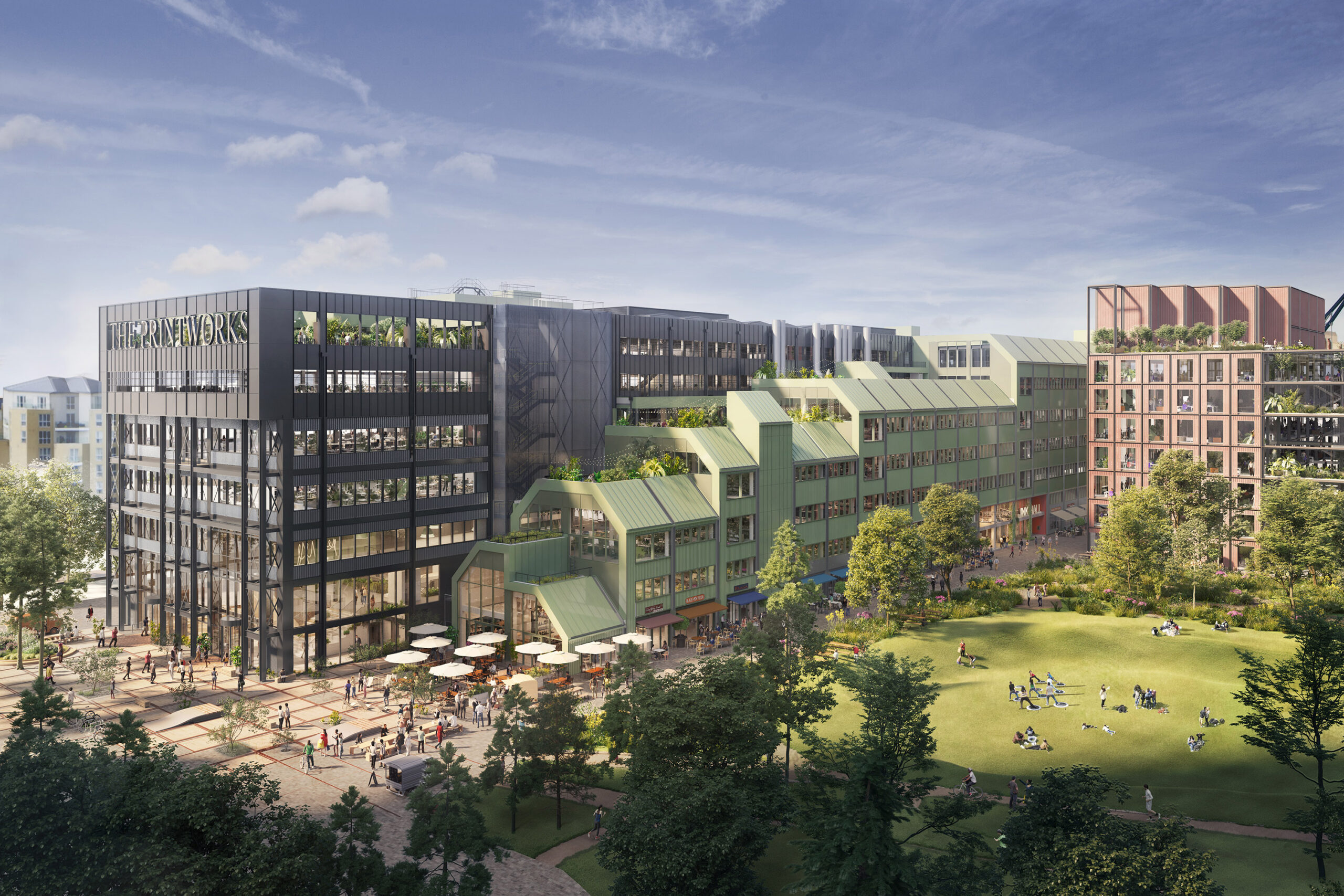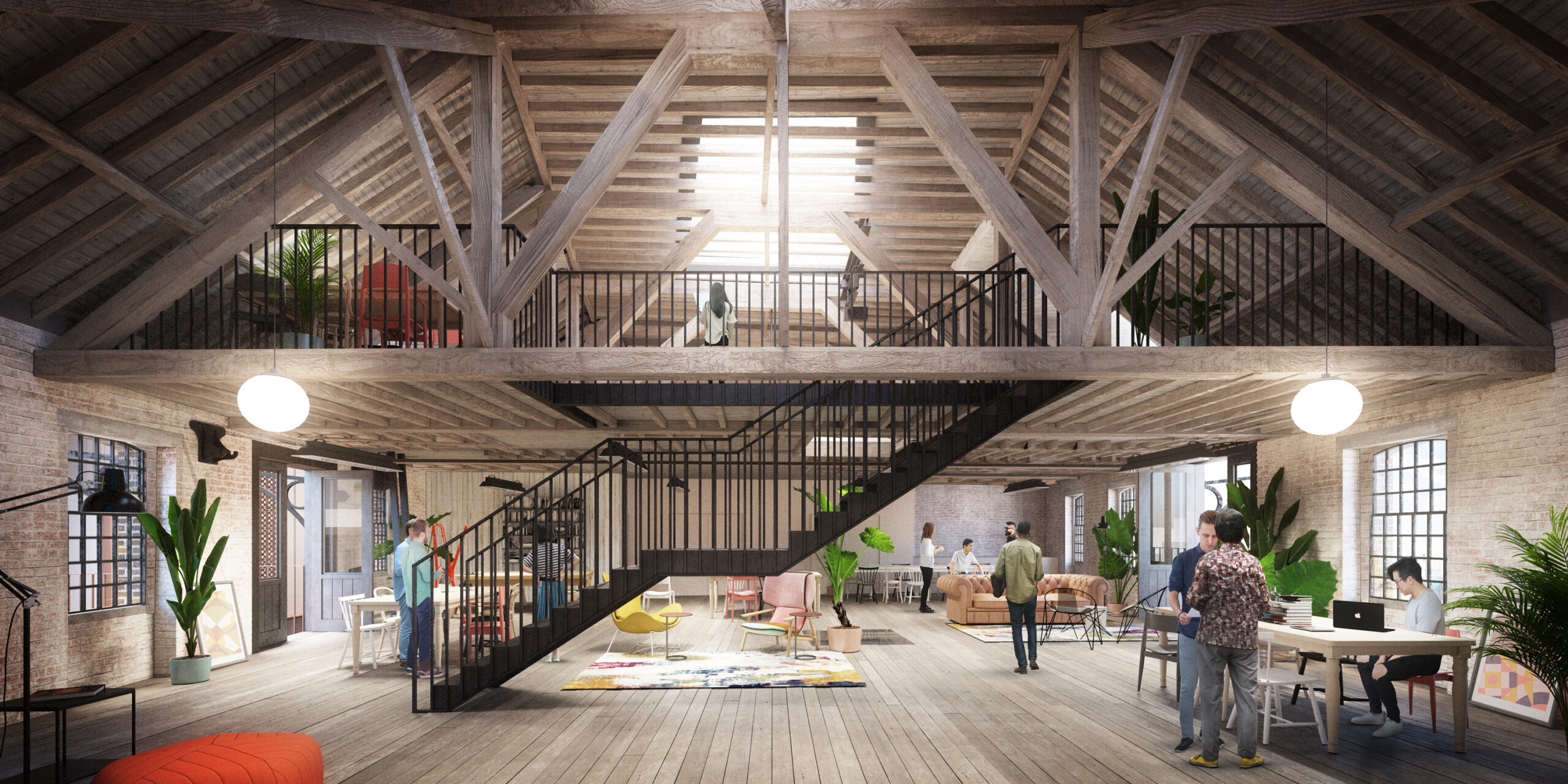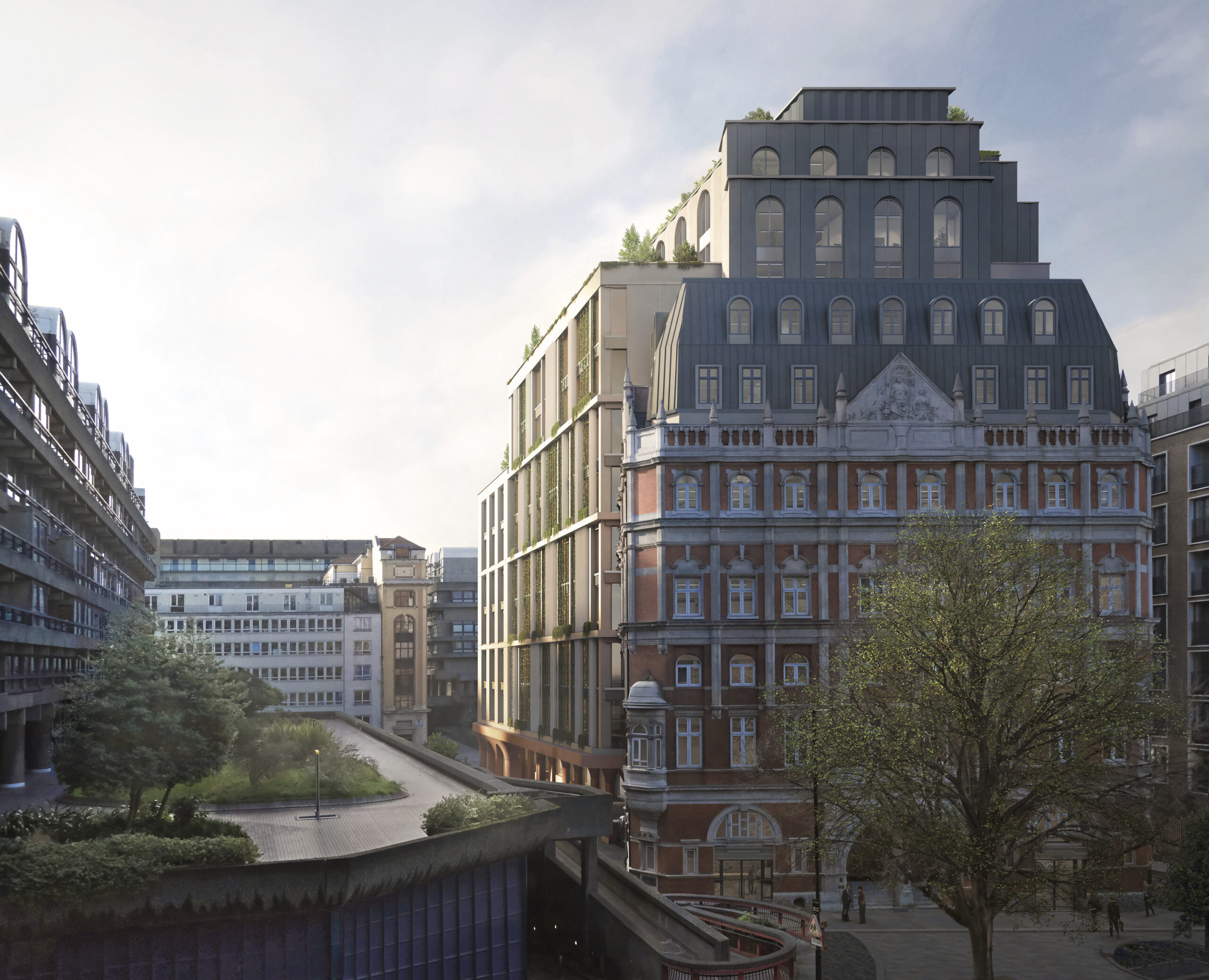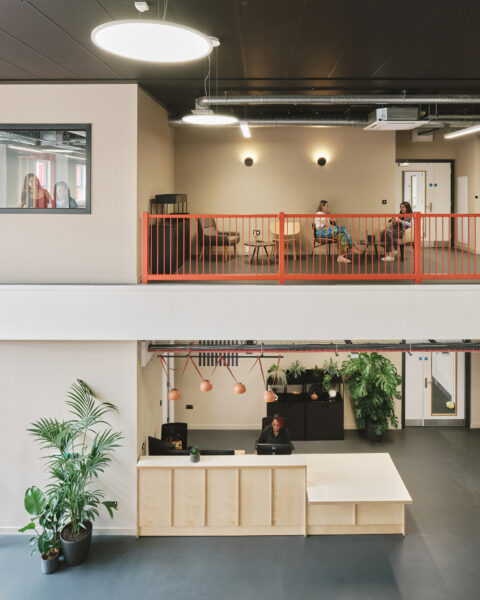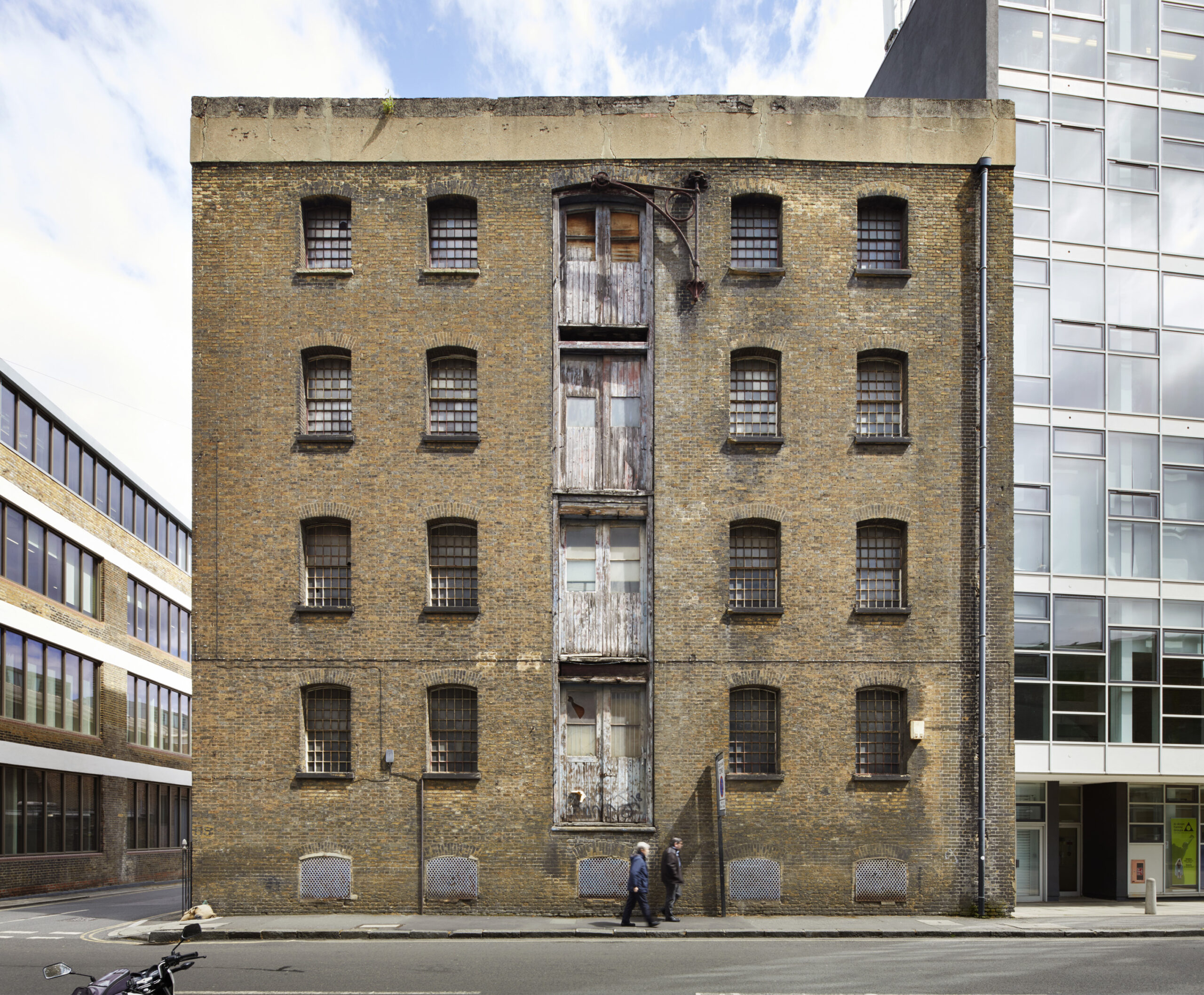
It's a material world
By understanding the whole life data of a building’s make-up, we can realise its value says Matthew Morris

In the UK, 63% of waste comes from construction sites: a total of 126 million tonnes and 50,000 buildings are demolished each year, many of which could be retrofitted and repurposed. The principle of eliminating waste by re-using as much material as possible is integral to the circular economy, and critical to reducing embodied carbon and working towards net zero.
Many local authorities are now pushing circular strategies and approaches through policy, which has led to an increase in pre-redevelopment and pre-demolition audits to inform the circular strategies and demonstrate compliance. The next iteration of the London Plan is likely to be far more onerous for existing building permission, requiring demonstration of options analysis before removing significant material or deconstructing.
Every site brings unique challenges and complexities and there are many opportunities to realise value with a circular economy, but it starts with the management of information and data.
Our research at Hawkins\Brown is focussed on understanding how materials, elements and components that make up buildings can be best identified, analysed and understood in order to maximise opportunities for re-use.
We are combining qualitative data and quantitative data and developing a fully automated model that considers the relationship between the datasets. The quantitative data includes metrics on disassembly, adaptability and reuse, while the qualitative data is based on embodied carbon derived from our in-house carbon assessment tool. The model will be applicable across a range of typologies and projects, and we will be able to edit its functions and properties to address specific building challenges across a range of scenarios.
We are currently carrying out a circular economy re-use study for a London estate to inform a future feasibility study and to facilitate discussion with the local authority. We are analysing embodied carbon alongside re-use factors, to assess the potential of different building elements. The resulting circularity score will determine how likely re-use and/or resale of the building components and elements will be. This live project has been pivotal in influencing the research and developing the model with real world solutions.

